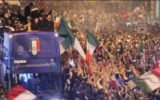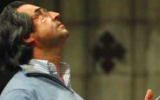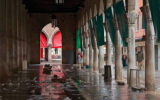Transcending the Appenine Divide: Italy’s mountainous terrain affects its socio-political history
by Daniel B. GALLAGHER
American high-school students often come away from a basic course in European geography believing that the Alps are the only major topographical feature to note in Italy’s landscape. Having studied the epic crossings of Hannibal and Napoleon, they are left with the impression that it is “all downhill from there.” I was reminded of this recently while helping some friends arrange a road trip from Rome to San Giovanni Rotondo. Much to their chagrin, they discovered that there is no “direct route” from point A to point B since a mountain range – namely the Apennines – runs down the middle of the country.









